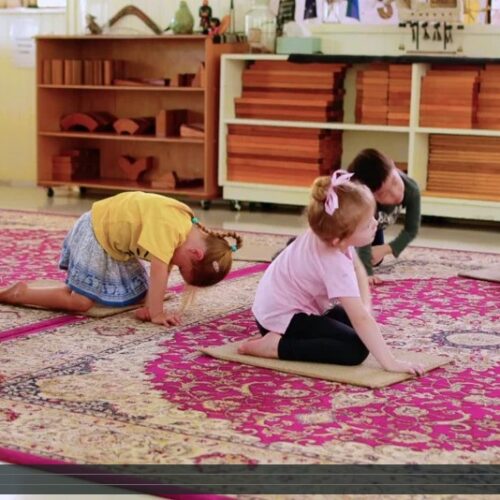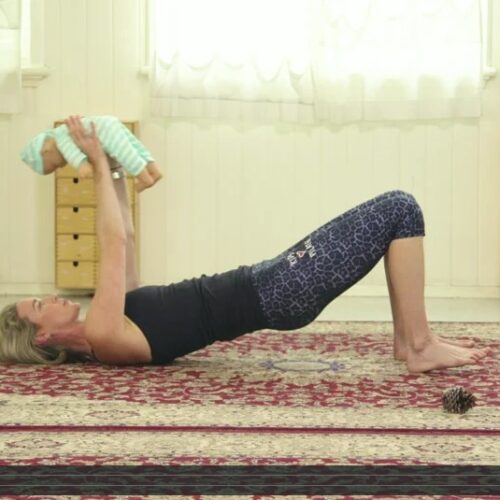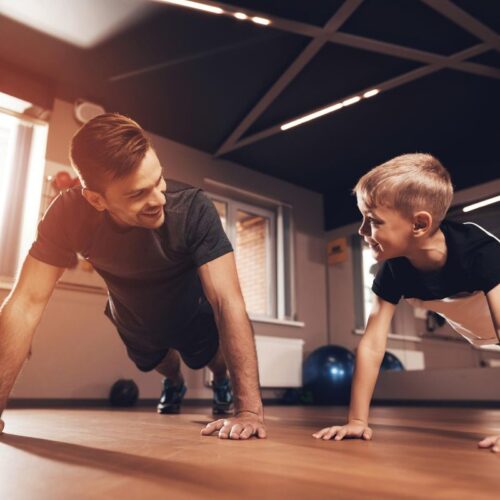Exercise right for kids
Exercise and physical activity shape children’s lives in powerful ways. From toddlers to teenagers, movement helps kids grow strong, learn new skills, build confidence and develop lifelong healthy habits.
Children who are regularly active enjoy better physical health, stronger bones and muscles, sharper thinking skills, and improved mental wellbeing. They also have more fun — because moving their bodies is one of the best parts of being a kid!
Home / Exercise right for kids
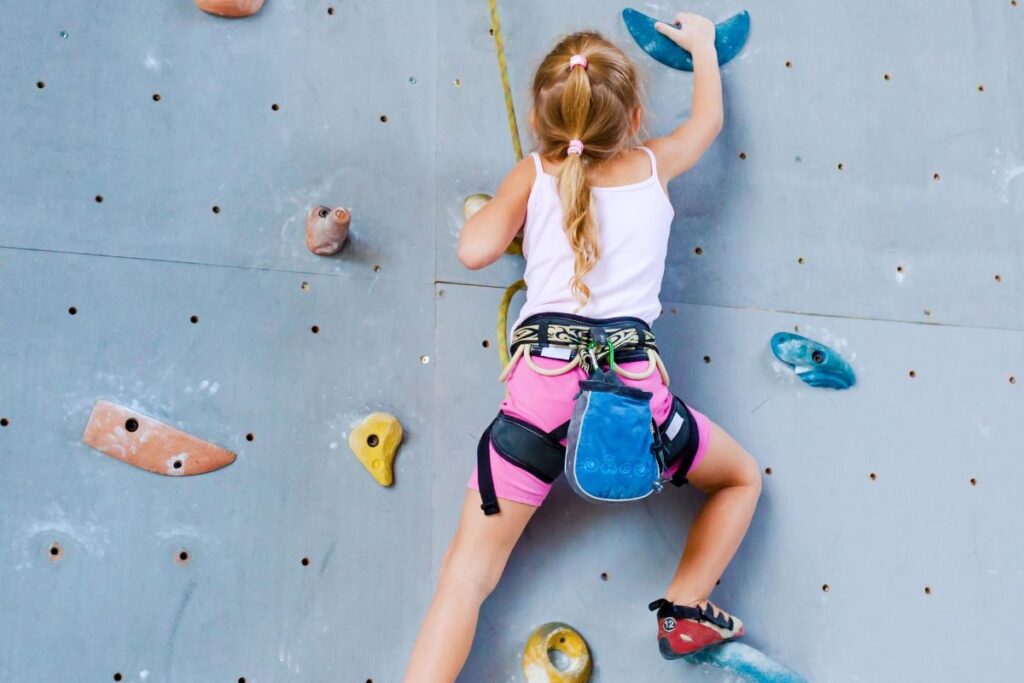
Why kids need to move more
Australian guidelines recommend that children aged 5–17 years aim for at least 60 minutes of moderate to vigorous physical activity every day, plus activities that strengthen muscles and bones at least three days per week.
Here’s why it matters:
- Daily movement supports healthy growth of muscles, bones and coordination.
- Active kids sleep better, concentrate more in school, and have higher self-esteem.
- Exercise helps reduce the risk of long-term conditions like type 2 diabetes, heart disease and obesity.
- Building active habits early makes it more likely children will stay active into adulthood.
- Physical activity helps kids feel happier, less anxious and more resilient.
Despite the benefits, many children aren’t meeting these guidelines, often because of too much screen time, busy schedules, or lack of safe spaces to play. Encouraging movement at home, school and in the community makes a huge difference.
What type of exercise is best for kids?
Children benefit most from a variety of activities — the more fun and playful, the better!
- Aerobic activities like running, swimming, riding a bike, skipping or a family game of tag.
- Strengthening exercises such as climbing, jumping, playground play, gymnastics or bodyweight moves like push-ups.
- Balance and coordination including yoga, dance, ball skills or obstacle courses.
- Flexibility exercises like stretching, gymnastics or simple movement games.
- Team sports like soccer, netball, basketball, AFL or hockey promote social connection, teamwork and build confidence.
Exercise doesn’t have to be structured. Playing at the park, kicking a ball in the backyard, dancing in the lounge room or walking the dog are all excellent ways to keep kids moving.
Remind children to drink water, wear sun protection, and use equipment safely.
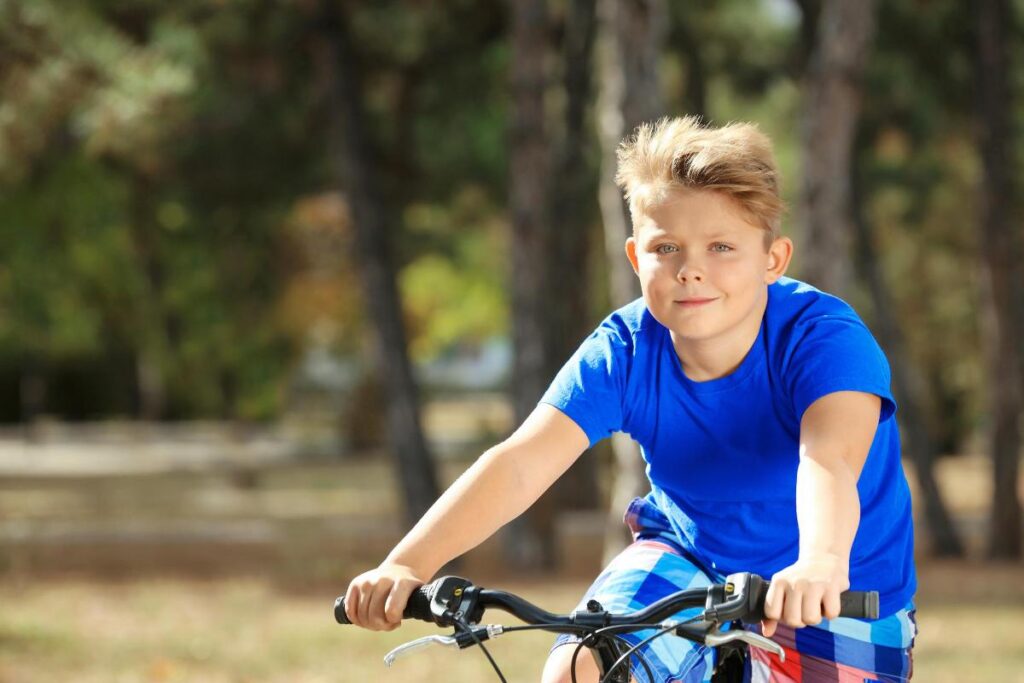
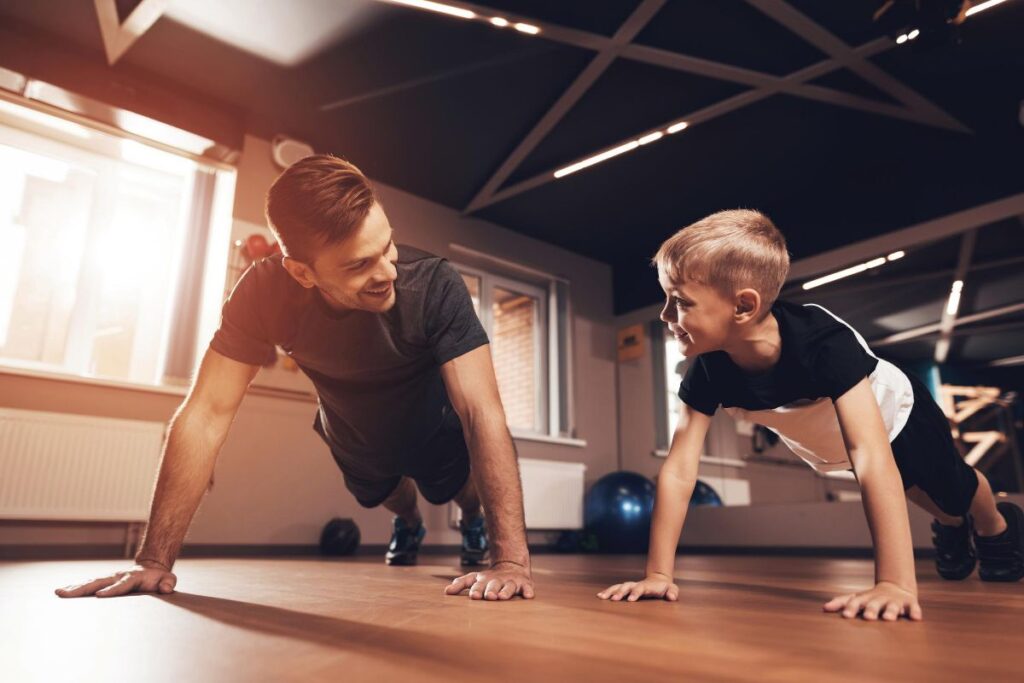
Get started with expert support
Every child is unique, and some may need extra help to exercise safely — especially if they live with a health condition, disability or injury.
An Accredited Exercise Physiologist (AEP) or Accredited Exercise Scientist (AES) can design a program that matches your child’s needs and makes exercise safe, achievable and fun.
Frequently asked questions
How much exercise should children get each day?
Children aged 5–17 need at least 60 minutes of moderate to vigorous activity daily, plus muscle- and bone-strengthening activities three days per week.
What are the benefits of team sports for kids?
Team sports improve coordination, teamwork, resilience and confidence, while also keeping kids fit and active.
What exercises are suitable for children under five?
For younger kids, active play is best: crawling, climbing, running, balancing, dancing, and playground activities. These build motor skills and set the foundation for healthy growth.
How does exercise support mental health in children?
Physical activity helps children manage stress, boosts mood, supports better sleep and improves self-esteem.
Can children with chronic conditions exercise safely?
Yes, with guidance from healthcare professionals or an Accredited Exercise Physiologist, exercise can improve strength, function, and overall wellbeing.
When should parents consult an Accredited Exercise Physiologist (AEP) for their child?
If your child has a health condition, disability or injury — or if you’re unsure what activities are safe, an AEP can provide expert advice and support.
You may also like
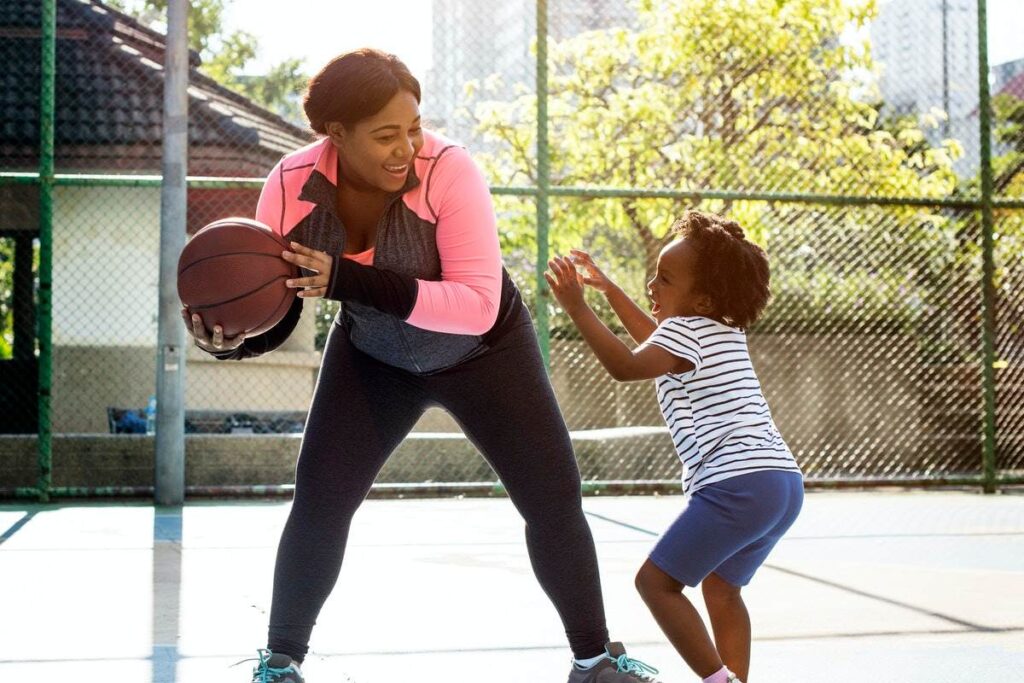
Exercise for Kids with Attention Deficit Hyperactivity Disorder (ADHD)
Children with attention deficit hyperactivity disorder (ADHD) often experience behavioural and cognitive challenges. Exercise is known to influence brain function and structure, and research suggests a positive association between increased physical activity and ADHD symptoms, particularly behavioural and cognitive improvements. Currently, medication and behaviour modification techniques are used to manage ADHD. Physical activity and exercise […]

Exercise for Kids with Physical and Intellectual Disabilities
It is important to encourage children to embrace their disability and participate in as many physical activities as possible. For children with physical and intellectual disabilities, exercise is safe, is important for quality of life, and is associated with a range of benefits. Providing opportunities for social interaction and role models (such as Paralympians) assists […]

Exercise for Kids with Asthma
Asthma is a long-term lung condition that can be controlled but cannot be cured. Around 2.7 million Australians (11% of the total population, or 1 in 9 Australians) have asthma. Within the first three years of life, 16.9% of infants experience asthma or wheeze. Among non-asthmatic children aged 4 to 5 years, 4.1% will develop […]

